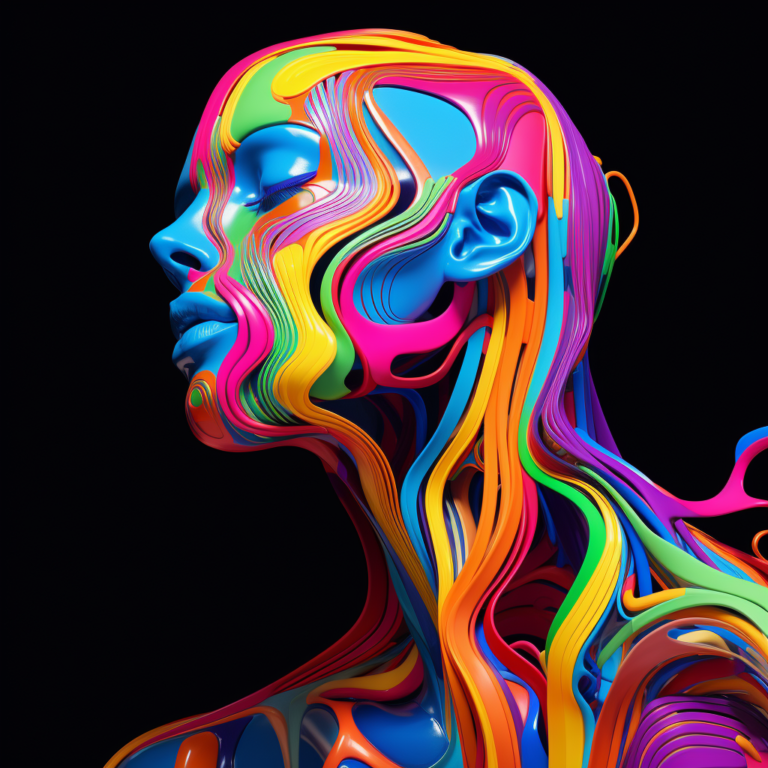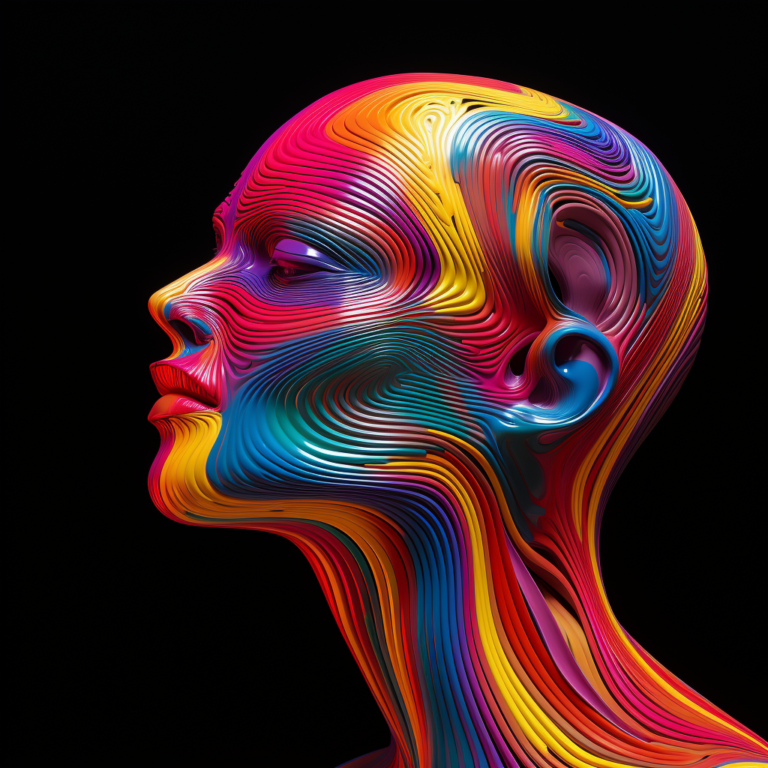In the realm of design, color plays a pivotal role in evoking emotions, setting moods, and capturing attention. Whether you’re designing a website, creating a logo, or working on any visual project, selecting the right color palette is crucial. The perfect combination of colors can make your design visually stunning, impactful, and memorable. This article will guide you through the process of choosing a color palette that resonates with your project’s goals and engages your audience.
Color Palette: Exploring the Power of Colors
Colors are not mere visual elements; they have the ability to communicate and elicit emotional responses. Understanding the principles of color theory and psychology will empower you to create compelling designs that resonate with your target audience. Let’s delve into the fascinating world of color palettes and discover the possibilities they hold.
The Fundamentals of Color Theory
Color theory is the foundation of any effective color palette. It encompasses various principles and concepts that govern the interactions and relationships between colors. By familiarizing yourself with these fundamental concepts, you can make informed decisions when choosing colors for your design projects. Here are some key aspects of color theory:





Hue: The Foundation of Color
Hue refers to the purest form of a color, such as red, blue, or yellow. It is the starting point from which all other colors are derived. Choosing the right hue sets the overall tone and mood of your design.
Saturation: Adding Vibrancy
Saturation defines the intensity or purity of a color. Highly saturated colors appear vivid and bold, while desaturated colors appear more muted and subdued. Balancing saturation levels is crucial for achieving a harmonious color palette.
Value: Lightness and Darkness
Value, also known as brightness or lightness, refers to how light or dark a color appears. Manipulating the value of colors allows you to create contrast, depth, and focal points within your design.
Complementary Colors: Harmonious Contrasts
Complementary colors are pairs of colors that sit opposite each other on the color wheel. Utilizing complementary colors in your palette creates a dynamic visual contrast that can make certain elements pop and draw attention.
Analogous Colors: Seamless Blends
Analogous colors are adjacent to each other on the color wheel. They share similar hues and create a sense of harmony and cohesion when used together. These color combinations are ideal for conveying a unified message or mood.
Triadic Colors: Vibrant Trios
Triadic color schemes consist of three colors evenly spaced around the color wheel. This arrangement creates vibrant and balanced combinations that offer versatility and visual interest.
Monochromatic Colors: Subtle Elegance
Monochromatic color palettes are derived from a single hue by varying its saturation and value. This approach creates a sophisticated and cohesive look while maintaining a sense of simplicity.
Choosing the Perfect Color Palette for Your Project
Now that you have a grasp of the fundamental concepts of color theory, it’s time to explore how to choose the perfect color palette for your design project. Consider the following steps to ensure your colors effectively convey your intended message:














